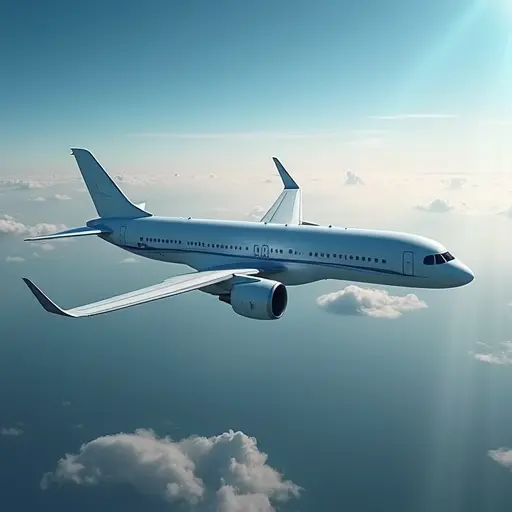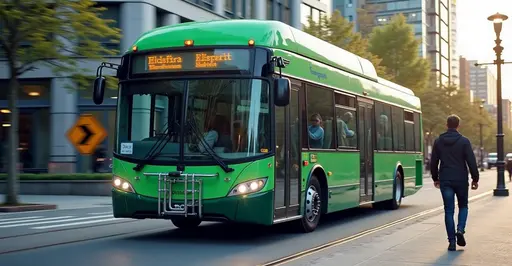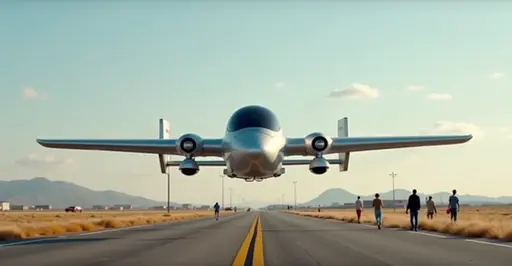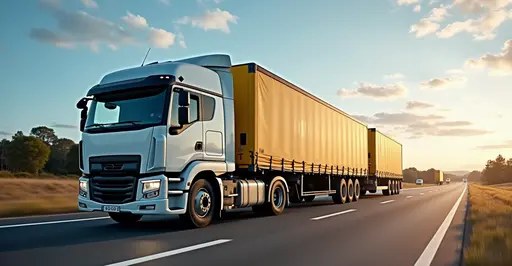Beta Technologies completes first passenger flight with electric aircraft, marking a commercial aviation milestone. The zero-emission flight demonstrates viability for regional travel despite battery limitations.
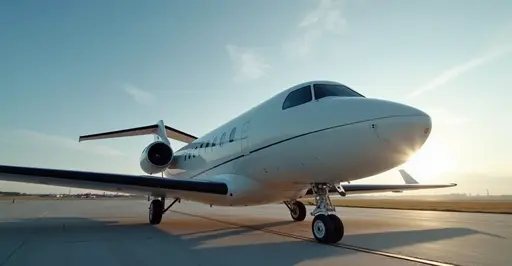
Historic Milestone for Electric Aviation
On June 3, 2025, Beta Technologies made aviation history by completing the first passenger-carrying flight of an electric aircraft. The successful landing marks the beginning of commercial zero-emission air travel after decades of development.
The Flight Details
The electric aircraft took off from a regional airport carrying a small group of passengers on a short demonstration flight. While Beta hasn't revealed the exact location or passenger count, company representatives confirmed the flight lasted approximately 25 minutes and reached altitudes of 3,000 feet. This achievement comes just months after Heart Aerospace announced plans for experimental flights of their larger Heart X1 aircraft in Plattsburgh, New York.
Technology Breakthrough
Electric aircraft face significant challenges including battery weight and energy density limitations. Beta's design utilizes cutting-edge lithium-sulfur batteries that offer higher energy density than traditional lithium-ion cells. Their aircraft features distributed electric propulsion with multiple motors providing redundancy and efficiency advantages. According to industry reports, the aircraft can recharge in under 50 minutes using specialized charging infrastructure.
Environmental Impact
This milestone represents a crucial step toward decarbonizing aviation, which contributes approximately 2.5% of global CO₂ emissions. Electric aircraft produce zero operational emissions and reduce noise pollution by up to 75% compared to conventional turboprops. "We're entering an era where regional travel won't come with environmental guilt," said Beta's chief engineer during a post-flight briefing.
Industry Transformation
Major players are accelerating electric aviation programs:
- United Airlines has options for 200 ES-30 hybrid-electric aircraft from Heart Aerospace
- Airbus aims to develop 100-seat hydrogen-electric aircraft by 2035
- NASA's X-57 Maxwell demonstrates distributed electric propulsion
According to Wikipedia's electric aircraft entry, nearly 100 electric aircraft designs are currently in development worldwide, with urban air taxis comprising 50% of projects.
Future Challenges
Despite this breakthrough, significant hurdles remain. Current battery technology limits most electric aircraft to ranges under 300 miles with minimal payload. Certification processes need adaptation for novel propulsion systems, and charging infrastructure must expand at regional airports. Industry analysts predict commercial routes under 200 miles will become economically viable first, potentially within the next 3-5 years.

 Nederlands
Nederlands English
English Français
Français Deutsch
Deutsch Español
Español Português
Português


